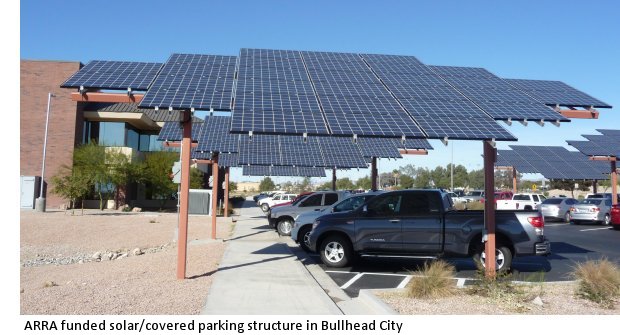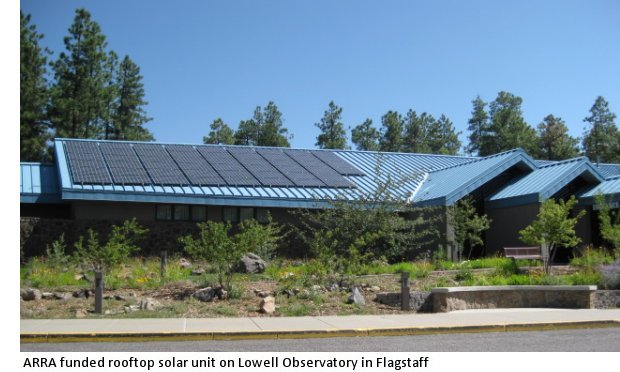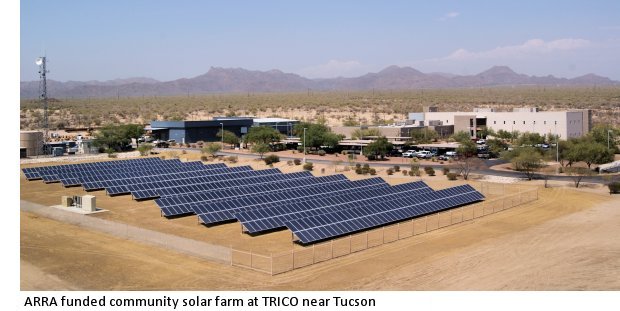Earlier this week the New York Times published an article about how environmental issues have become a major force in political advertising during this election cycle.
In contrast, two years ago, the issue of climate change did not come up once in the three Presidential debates between President Obama and his Republican rival, Mitt Romney.

According to an analysis by Kantar Media/CMAG, which tracks political advertising, ads mentioning energy, climate change and the environment — have run in more than 125,000 spots so far in the 2014 campaigns for US Senate.
That is a lot of “change” being dropped to influence undecided voters, and/or fire up the base. The ads are coming from every angle and, according to the Times, rank third – to healthcare and jobs as the most mentioned issue this year.
“Republicans are attacking Democrats for supporting President Obama’s environmental regulations,” the article states. “Democrats are attacking Republicans for denying the science of climate change and taking money from the Koch brothers.”
The underlying take-away is that campaigns are gearing up to target “climate voters” in a big way come the 2016 Presidential election. And, the foundation for this campaign issue is being tested in the 2014 mid-term election.
The ads are not limited to just Senate campaigns either. Several statewide races in Arizona have been portrayed as representing a vote between President Obama’s energy policy and a vote for the “hidden” agenda of “invisible” mega-donors.

But, what is the “hidden” agenda of the “invisibles”? Defining the dark money agenda is problematic because the deep-pocket contributors are hiding behind the Citizen’s United ruling that protects their identity, and as a result, to characterize their motives is just an educated guess.
By default, the energy/climate vote this election cycle has come down to a referendum on the Obama energy policy. The dilemma, however, is most voters have no clue what that exactly means. The marketing gurus behind the ad campaigns know that by invoking the President's name they are tapping into his 60 percent unfavorable rating. Thus, the ads never define the Obama energy policy in any detail. Instead, they mention the "stimulus" and the “war on coal” to imply wasteful spending and reckless actions.
Voters are spared the details that the "war on coal" is as much about cheap, abundant natural gas as it is about clean air and water regulations.
Likewise, the whole story of the stimulus energy programs and projects has never been told.
Contrary to popular belief, Arizona, like every other state, developed its own plan for using stimulus money for energy projects. Our stimulus energy projects are reflective of Arizona priorities, and not the Obama energy policy.
To this end -- Arizona directed its money to fund 89 solar school projects totalling more than 2 MW -- which is saving schools more than $450,000 a year in electricity costs. Another 633 kW of solar projects were installed on 50 buildings housing Arizona non-profit organizations, and 1.8 MW of solar projects were funded through partnerships with Arizona utilities. All totalled, the State of Arizona funnelled stimulus funds to 642 solar projects throughout the state, adding more than 5 MW of renewable generation to the grid (see Energizing the State's Solar Industry).

One project that exemplifies the positive impact the stimulus had in Arizona is the $1 million grant to the Arizona State Land Department for the development of a GIS Mapping System to identify state lands best-suited for renewable energy development. The system identified a 400-acre piece of desert near Yuma that is now home to the 35 MW Foothills Solar Power Plant. That one lease alone will generate $10 million in payments over the term of the contract – money that will directly benefit Arizona public schools.
When the dust settled on the stimulus in 2012, Arizona leveraged $55 million of federal funds for energy projects with $52 million in private sector match. Today, more than $100 million worth of energy projects of all types -- not just solar -- are paying huge dividends in energy cost savings, jobs and other direct and indirect benefits.
The bottom-line -- the political rhetoric that is peddled in 30 second TV commercials is a far cry from reality.
Jim Arwood
Communications Director
Arizona Solar Center
Questions:
Do you believe that climate change will be a major issue in the next Presidential election? What role will energy play in the 2016 elections? Have our political parties already staked out their positions on these issues, or are they still evolving?
